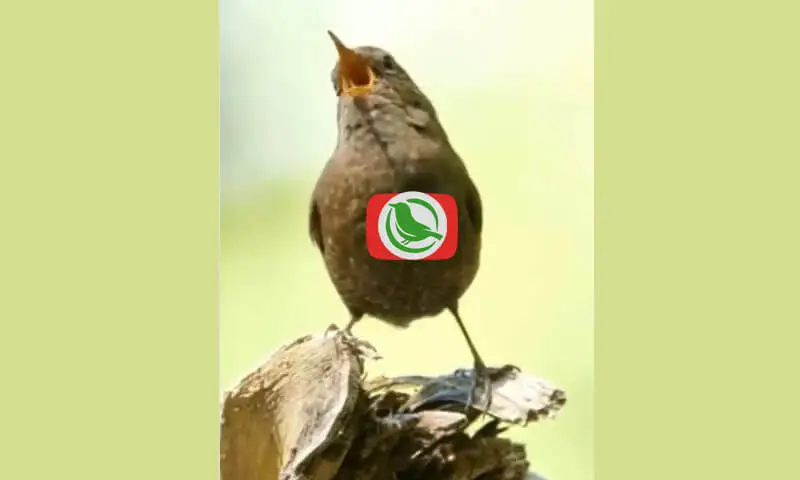The Black-crested Bulbul (Rubigula flaviventris) is a fascinating bird species that captivates birdwatchers and nature enthusiasts alike. This article delves into the habitat, behavior, and characteristics of the Black-crested Bulbul, providing insight into its ecological significance and unique traits.
Habitat of the Black-crested Bulbul
The Black-crested Bulbul is primarily found in Southeast Asia, inhabiting forested areas, gardens, and scrublands. Its preferred environments include:
- Evergreen forests: These provide ample food sources and nesting sites.
- Deciduous forests: The seasonal changes offer diverse foraging opportunities.
- Urban gardens: The adaptability of this species allows it to thrive in human-altered landscapes.
This bird tends to stay in lower vegetation, making it easier to spot among the foliage.
Characteristics of the Black-crested Bulbul
One of the distinguishing features of the Black-crested Bulbul is its striking plumage. The bird showcases:
- A black crest on its head, which can be raised or lowered depending on its mood.
- Yellow underparts that contrast beautifully with its dark upper body.
- A characteristic call, which is melodious and often heard during dawn and dusk.
These physical traits not only contribute to their beauty but also play a role in their mating rituals and communication.
Behavior and Social Structure
The Black-crested Bulbul is a social bird, often seen in pairs or small groups. Here are some notable behaviors:
Feeding Habits
The diet of the Black-crested Bulbul primarily consists of:
- Fruits: They are particularly fond of berries and small fruits.
- Insects: They also consume insects, especially during the breeding season when protein is crucial.
This varied diet highlights the bird’s adaptability and its role in seed dispersal within its ecosystem.
Mating and Breeding
During the breeding season, which typically occurs from April to July, the Black-crested Bulbul engages in elaborate courtship displays. Males will often sing to attract females and showcase their vibrant colors. The nesting behavior includes:
- Building nests in dense foliage, often utilizing grass, leaves, and twigs.
- Laying 2 to 4 eggs, which are incubated primarily by the female.
Both parents participate in feeding the chicks after they hatch, demonstrating strong parental care.
The Black-crested Bulbul’s Role in Ecosystems
The ecological role of the Black-crested Bulbul extends beyond its immediate habitat. As a frugivore, it plays a vital part in:
- Seed dispersal: By consuming fruits and excreting the seeds, they contribute to the growth of new plants, promoting biodiversity.
- Pest control: By feeding on insects, they help maintain the balance of the ecosystem.
Conservation Status
The current conservation status of the Black-crested Bulbul is relatively stable, but habitat loss due to deforestation and urbanization poses a threat. Conservation efforts are crucial to ensure that this beautiful species continues to thrive in its natural habitats.
Conclusion
The Black-crested Bulbul is more than just a visually appealing bird; it is an integral part of its ecosystem. Understanding its habitat, behavior, and conservation needs is essential for preserving this remarkable species. Birdwatchers and nature lovers are encouraged to observe these birds respectfully and support conservation initiatives to protect their environments.





